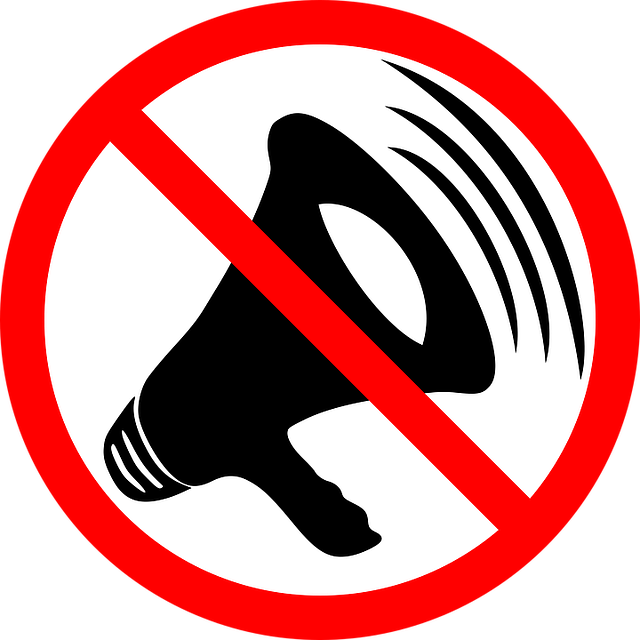
A peaceful home offers more than just relaxation; it becomes a sanctuary from the hustle and bustle outside. Whether you live in a busy city, near a high-traffic area, or simply have neighbors who enjoy late-night activities, managing outside noise can be crucial for creating a serene atmosphere indoors. Here’s how to take a strategic, methodical approach to minimize outside noise effectively.
Seal Windows and Doors
Windows and doors are often the main entry points for noise. Start by inspecting these areas closely to identify gaps where sound might sneak through. For windows, upgrading to double-pane or, ideally, laminated glass can provide significant noise reduction. Laminated glass has a layer of vinyl that helps absorb sound vibrations. Adding weatherstripping to window frames or using soundproofing caulk can also help seal small cracks and prevent noise leakage.
For doors, solid-core doors are much better at blocking sound compared to hollow-core models. Install door sweeps and weatherstripping around the edges to close off gaps. These simple additions can make a noticeable difference in cutting down noise transmission.
Install Heavy Curtains or Soundproof Blinds
Thick, heavy curtains—often labeled as “soundproof” or “noise-reducing”—help to absorb sound waves, keeping them from entering your home. Curtains with multiple layers, such as thermal blackout curtains, not only reduce noise but also help control the indoor temperature. Another option is soundproof blinds, designed to muffle noise more effectively than traditional blinds.
Add Sound-Absorbing Materials to Walls and Floors
Bare walls and floors can amplify sound, so consider adding materials that absorb sound, such as wall hangings, carpets, or rugs. For rooms that face noisy streets, hanging acoustic panels or tapestries on the walls can help. These panels are made of dense foam or fiber that absorbs sound, reducing reverberation and keeping your home quieter.
On floors, rugs with thick padding or carpet help muffle noise and prevent it from bouncing around. If you live in an apartment, consider using cork underlayment under your flooring, which is particularly effective at dampening impact sounds.
Consider Outdoor Noise Barriers
If you have outdoor space, setting up barriers like fences, trees, or shrubs can help block outside sounds. A tall, dense hedge or a fence with sound-dampening properties can intercept sound waves before they even reach your home. Look for fences that are at least 6-8 feet tall for optimal noise-blocking, and opt for materials like masonry or thick wood.
Planting shrubs or small trees along these barriers adds another layer of sound buffering, and they also bring a touch of nature to your space.
Utilize White Noise or Sound Machines Indoors
Finally, adding a sound machine or a fan in your home can help mask external noise. White noise machines are particularly effective as they produce soothing, consistent sounds that blend with and mask outside disturbances.
Conclusion
Reducing outside noise is all about layering solutions to create a peaceful atmosphere in your home. By addressing each potential source of noise intrusion and adding sound-absorbing materials inside, you can transform your living space into a haven of tranquility. These practical steps don’t just keep noise out; they bring comfort in, ensuring your home feels like the retreat you deserve.
